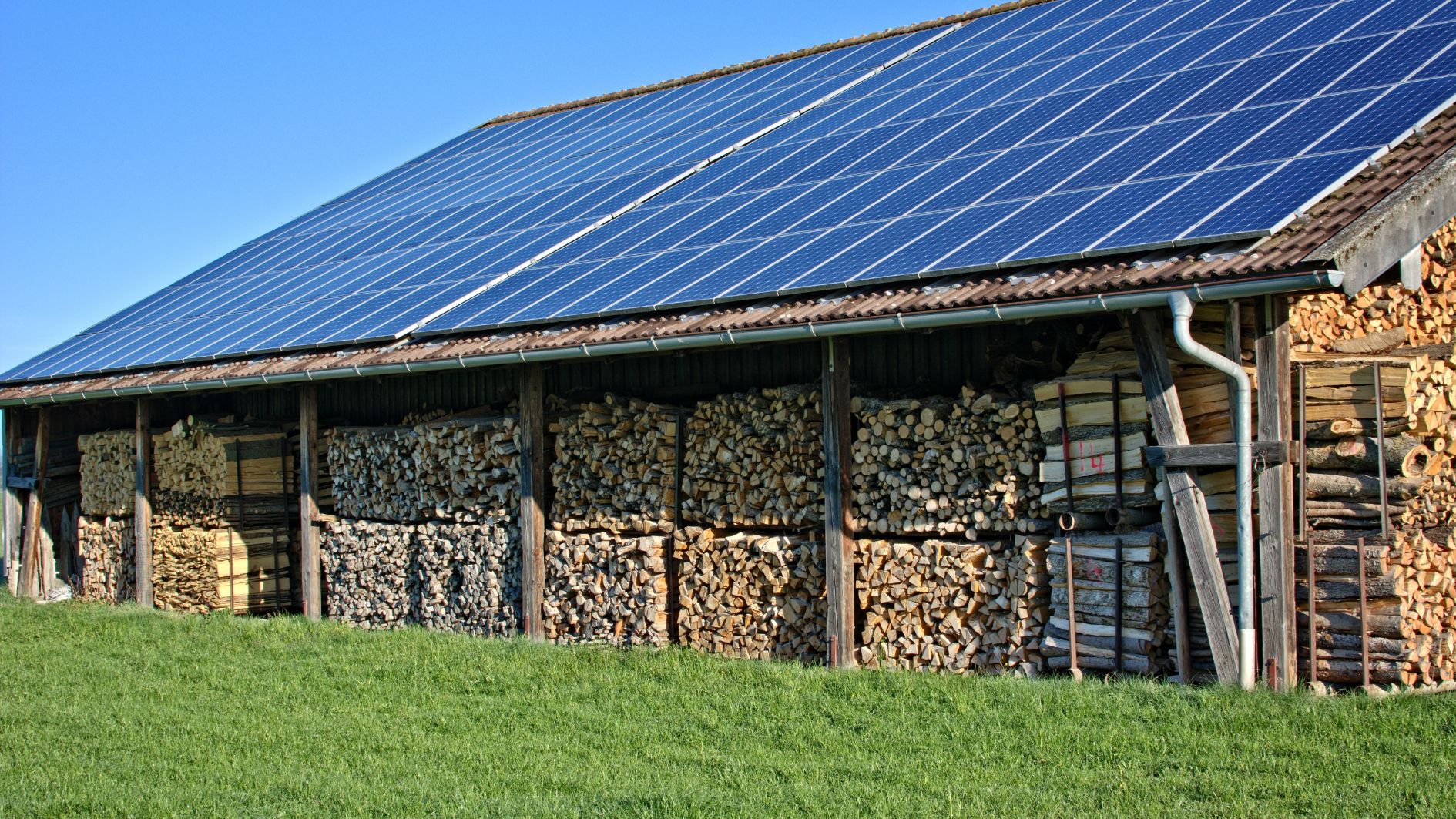Image source: Canva.com
Installing solar panels offers numerous benefits, from reducing your environmental impact to saving money and enhancing resilience against power outages. However, before making the switch to solar energy, it’s essential to understand the solar payback period – the time it takes for your investment in solar panels to be offset by savings or earnings on your electricity bills.
The solar payback period varies based on several factors, including the total installation cost, available incentives and tax credits, your energy usage, the efficiency of your solar system, and the cost and rate of increase of electricity in your area.
To calculate your solar payback period, use this formula:
- Subtract the value of incentives and rebates from the total system cost.
- Divide the net cost by the annual savings on your electricity bill.

Example Calculation:
- Total system cost: $25,000
- Incentives and rebates: $10,000
- Net cost: $15,000
- Annual savings: $1,500
Payback period: $15,000 ÷ $1,500 = 10 years
Understanding your solar payback period helps you evaluate the financial viability of your investment and plan for long-term savings with confidence.
Solar Payback Period Step-by-Step
Calculating your solar panel payback period is a strategic blend of number crunching and foresight. Here’s your roadmap to uncovering this pivotal timeline:
Step 1
Determine your combined costs
Step 2
Calculate your annual savings
Step 3
Final calculation
1. Determine your combined costs

Begin by subtracting the value of upfront incentives and rebates from the total price of your solar panel system. For instance, if your system costs $31,285 and you qualify for a federal solar tax credit of 30%, amounting to $9,385, plus an additional $1,200 in local rebates, your combined installation costs shrink to a neat $20,700.
Formula: Total cost ($31,285) – tax incentives ($10,585) = combined costs ($20,700)
2. Calculate your annual savings

Next, tally up your annual financial benefits, including the savings from eliminated electricity costs and any supplementary incentives like solar renewable energy certificates (SRECs). Let’s say bidding farewell to your $145 monthly electric bill results in annual energy savings of $1,740. Add to that the $600 annually from selling SRECs, giving you a grand total of $2,340 in annual benefits.
Formula: Eliminated annual electricity costs ($1,740) + annual incentives ($600) = annual savings ($2,340)
3. Final calculation

Now, the moment of truth. Divide your combined costs by your annual savings to unveil your solar payback period. In our example, $20,700 divided by $2,340 equals 8.8 years.
Formula: Combined costs ($20,700) / annual savings ($2,340) = solar payback period (8.8 years)
So, in this hypothetical scenario, your solar payback period clocks in at 8.8 years. Armed with this knowledge, you’re equipped to navigate the solar landscape with confidence, making informed decisions that pave the way for a brighter, more sustainable future.
Key Factors in Solar Payback
Several factors play a crucial role in shaping your solar payback period:
Average monthly electricity use and cost
Your monthly energy consumption sets the stage for your solar journey. It dictates the size of the solar system needed and the amount of electricity you aim to offset each billing cycle. Moreover, energy costs in your locality directly influence the return on investment (ROI) from your solar system. Higher electricity bills often translate to quicker recoupment of your investment, effectively shortening your payback period.
Solar installers strive to tailor a system that matches 100% of your energy consumption. However, practical constraints such as roof size and seasonal weather variations may impact the actual electricity production on your property.
Value of tax incentives
Tax incentives and rebates wield significant influence, slashing the total cost of your solar endeavor. The Federal Investment Tax Credit (ITC) alone provides a substantial 30% credit on your entire system costs, directly reducing your federal tax bill. Additional incentives at the state and local levels further chip away at expenses, contingent upon your place of residence.
Additional financial incentives
Certain regions offer extra incentives through mechanisms like Solar Renewable Energy Certificates (SRECs) or net metering programs. These initiatives provide you with credits for any surplus electricity your solar panels generate and feed into the local grid. Depending on your system’s size, these credits can constitute a noteworthy financial boon.
Financing options
While we’ve explored the calculation of payback periods for upfront payments, alternate financing avenues like solar loans, leases, or Power Purchase Agreements (PPAs) offer distinct pathways. Opting for these methods alleviates the need for upfront cash. Although the long-term savings may be lower compared to outright purchases, the absence of an initial payment means you technically start saving from month one.
Ultimately, understanding your solar payback period empowers you to make informed decisions about whether solar panels are a worthwhile investment for your home and financial goals.
Answers to Your Common Questions
Does solar pay off?
Solar energy pays off by providing significant savings on electricity bills, offering a strong return on investment, increasing property value, and taking advantage of government incentives. While the initial investment may be substantial, the long-term financial benefits make solar a worthwhile and profitable investment for many homeowners.
Will I still have an electric bill with solar panels?
In most cases, you can bid farewell to hefty electric bills. However, if your solar panel system doesn’t cover 100% of your energy needs – perhaps due to shading or space limitations on your roof – you may still encounter a minimal monthly bill. This nominal fee, often around $10, ensures your connection to the local electric grid remains intact. This connection proves invaluable for accessing additional power during nighttime or cloudy days. Furthermore, in states offering net metering, remaining connected enables you to accrue utility bill credits by selling any surplus electricity back to your provider, further mitigating your expenses.
How much does solar save you each month?
On average, homeowners reap savings of about $130 per month post-solar installation. However, the exact amount you save hinges on various factors such as your location and the percentage of your energy needs met by your solar panels.
What is the payback period for solar panels?
While solar systems are designed to work in various climates, factors like tree cover, roof age, size, shape, and slope can impact their efficiency. Ideally, south-facing roofs with a slope between 15 and 40 degrees are best, but other configurations may work too. If your roof isn’t suitable, don’t worry! Community solar options allow multiple people to benefit from a shared solar array, regardless of roof compatibility.
What is shared solar?
Shared solar, often referred to as community solar, entails a centralized power plant supplying electricity to multiple properties. Subscribers purchase a portion of this renewable energy, often at a discounted rate, to offset their power costs. By participating, subscribers receive credits towards their monthly electric bills, diminishing their payments to the utility company.





